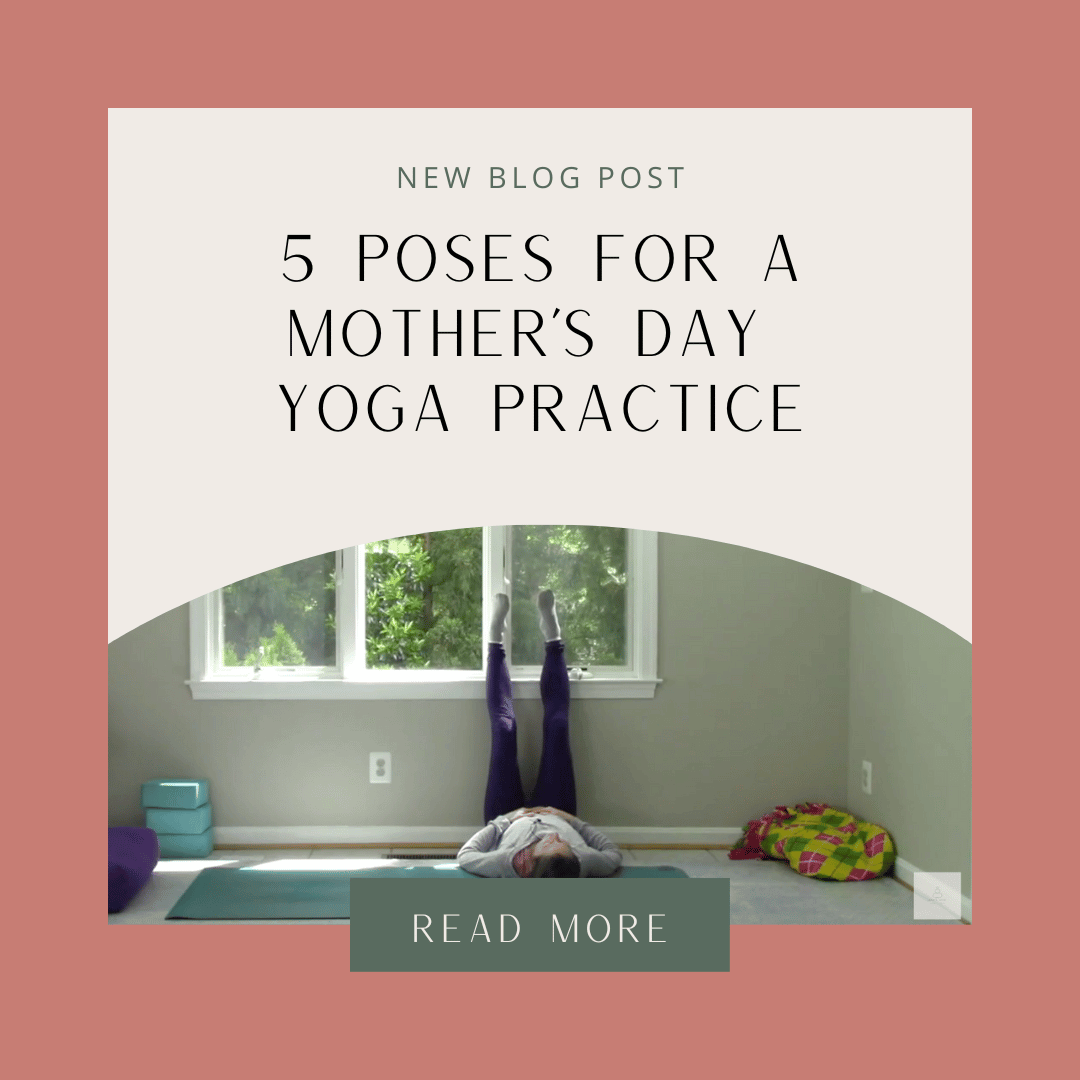Yama Niyama Asana Pranayama Pratyahara Dharana Dhyana Samadhi.
In English (my translation): Be a good person, take care of your Self, be aware of your posture, control your energy, withdraw from your external senses, concentrate, meditate, allow total integration.
These are the steps on the path, outlined in Patanjali’s Yoga Sutras, to enlightenment.
I have talked about the Yamas and Niyamas a little bit, the whole world is obsessed with posture, albeit not always healthy posture, meditation is gaining popularity, and the other steps are pretty much forgotten.
There are many reasons for this. It’s hard to teach the Yamas and Niyamas unless you’re ready for a self-help course with a philosophy book as a reading requirement. Sense withdrawal is the nicer way of saying sensory deprivation and that is being sold the same way tanning is sold these days. Concentration sounds boring, even though we all know it’s necessary and we could probably use it more then ever what with all the distractions of the internet. Total integration is admittedly optimistic, unrealistic, and metaphysical sounding all at the same time, so I get why people stay away.
Controlling your energy can be taught through breathing practices but is hard to convince people to do because it involves the unknown element of energy and people will always argue they already breathe every second of every day anyway.
Here’s a little secret about the steps on the path, though. It’s not linear AND as you strengthen your abilities in one step, your abilities in all the other steps gets stronger too. In other words, practicing ONLY posture isn’t good enough to get you to the end of the path.
Expanding Pranayama
I’m going to teach you how to breathe today, because it’s time to bring pranayama out of the closet and elevate it to the same status as posture and meditation in today’s mainstream trends.
Yes, I know you already know how to breathe. But I’ll wager with you that you don’t actually KNOW how to breathe. You just do it automatically without thinking about what you’re actually doing. You don’t have to control any muscles consciously to breathe. But you can. And when you do, your entire experience changes.
First, let’s break down the word Pranayama. Prana means energy or life force. Yama means to control. But ayama means to expand. So you can define pranayama as controlling the life force or you can define it as expanding the life force. I’ll let you decide which one you like better 🙂
Physicists would agree that everything in this world can be broken down into molecules of energy – thus we are all energy. When the molecules combine in such a way that they create life as we know it, this is considered the life force – prana.
Prana is sometimes mistakenly defined as the breath. The breath is the action by which we bring energy into our body and expel waste out of our body. Thus, the act of living is to acquire energy and release the byproducts that we no longer need to sustain life. The act of breathing then is really the act of managing our life force.
If we don’t consciously pay attention to this process we won’t necessarily die but if we do consciously pay attention to this process we have the ability to expand our opportunity to live optimally.
Of course, it’s hard work.
The warning
In front of every pranayama exercise is always a warning: This is potentially dangerous. You must not practice pranayama without the guidance of an experienced teacher or guru. This always frustrated me because 1.) how do you know if your teacher or guru is experienced enough? and 2.) what did they have to do to become experienced enough? and 3.) how can breathing practices be so dangerous!?
But you know what? I respect the process. The fact is, controlling the very energy that sustains our life is risky business and therefore it’s important to proceed with caution, start slow, be patient, and don’t try the really advanced stuff at home without the guidance of someone who is far more experienced then me.
So what I am going to teach you today is the simplest of the simple yoga breathing techniques. The foundation of pranayama. The non-dangerous way to breathe at the same time that you’ll still experience expansion.
This breath technique is referred to as Dirga Breath, the Three Part Breath, or Abdominal Thoracic Breathing.
You have probably been taught this technique before, but I’m going to add in a few pieces here and there with some more explanation then you might get in a yoga class.
Understanding Bandhas and Chakras
Before we start, a few words on bandhas and chakras.
Since we’re in the land of energy, I’m going to introduce some energetic concepts to you. In yogic anatomy (non-Western anatomy) there are three main energy channels (nadis) in the body. These are the Shushumna, Ida, and Pingala channel. Think of the Shushumna nadi as the main superhighway that all energy needs to pass through to get where it wants to go. The Ida nadi is the main channel for all the energy that lives on the left side of the body and the Pinagla nadi is the main channel for all the energy that lives on the right side of the body. Where the Ida and Pingala nadis intersect in the main superhighway of energy travel, you have Chakras.
Bandhas are considered energetic locks, or specific actions you can take to hold energy in a certain place (if you want to be all technical, bandhas actually fall under the category of mudra, but don’t worry about it for now). For the purposes of teaching Dirga breath, I’ll be referencing Mulabandha (Root Lock) and Jalandhara Bandha (Throat Lock).
The Three Part Breath
Now for the practice.
- Sit in a comfortable position, a place where you’ll be able to sit up tall for a few minutes without slouching. If you need the support of the wall to help you at first, you can use it.
- Practice engaging Mulabandha, or the Root Lock. Anatomically, this bandha is located at the perineum and is an engagement of the pelvic floor muscles. Imagine you really have to pee and you’re trying to hold it in until you can get home to a clean bathroom 🙂 That’s your Mulabandha. Practice engaging and disengaging this muscle a few times. When you’re comfortable with this, move on to the next step.
- Begin to bring some awareness to your breath. Start by noticing your natural breath. Then, gently engaging Mulabandha, begin to inhale and successively feel the abdomen above the belly button expand, the rib cage expand, and the region around the heart expand. As you exhale, follow the same pattern, releasing the breath from the abdomen, rib cage, and then the chest.
This step might feel weird because 1) you are actively engaging the pelvic floor muscles as you breathe and 2) you are exhaling at the belly first and not the heart, which may seem more intuitive.
Using the bandhas helps concentrate the energy in between the 1st chakra and the 5th chakra (if you’re also engaging Jalandhara Bandha (throat lock – draw your chin back so that your neck is in alignment with the rest of your spine)). The 1st chakra happens to be right at the base of the spine where you are engaging Mulabandha. The 5th chakra is in the throat. Using the bandhas is a way for the energy to be more concentrated. When the energy is more concentrated, we are better able to control where it’s going.
Here’s why you want to exhale from the abdomen first. I read this description from Marion Mugs McConnell’s book Letters from the Yoga Masters and really loved the explanation. When you inhale and expand the abdomen, rib cage, and chest, you are filling up and stimulating different chakras. You start with the 3rd chakra, your seat of power, then breathe into your 4th chakra, your seat of love and compassion, and then into your 5th and higher chakras, your seat of communication and spirituality. If you exhale starting with the chest, you are depleting energy from the 5th and higher chakras first, leading this area of the body to get the least amount of energy and your third chakra, the abdomen, the most amount of time to absorb energy. This can lead to an imbalance. When you exhale from the abdomen first, all of the chakra centers get equal amounts of energy. This leads to a more balanced effect. As Pranayama is a practice meant to help us bring our energy into more balance, it doesn’t make sense to create imbalances while practicing.
- If you enjoy visualizations, visualize the breath moving down as you inhale and the breath moving upward as you exhale, mimicking the actual movement of the diaphragm when we breathe. You can also imagine that you are reaching down to to gently awaken Shiva, the name of the energy that resides at the base of the spine, and as you exhale you are gently guiding Shiva to meet Shakti, the name of the energy that resides at the third-eye in between the eyebrows. When these two energies meet, that is when we experience union, liberation, and bliss. If that visualization doesn’t work for you because you don’t like Shiva and Shakti, forget about it 🙂
- Practice this breath technique for a few minutes and then return to a natural breath without the engagement of the bandhas before moving on to your next task. Take some time to notice how your body feels and how your energy has shifted. If you’re a journaler, I highly recommend writing down your experience so you can keep track of your pranayama progress.
Spend a few minutes each day practicing this breath. Pranayama is meant to be a practice in and of itself, so don’t worry about trying to combine this with your asana practice. This is a special way to breathe specifically to manage and balance your personal energy.
This is technical, subtle, and difficult, so don’t worry if you are confused or feel like you’re still not understanding the very first step. Typically Pranayama is not practiced or introduced to students until they’ve already experienced and started to master some of the previous steps on the path.
Here’s my Facebook Live video demonstration for a closer look at how all this works:
Namaste.





